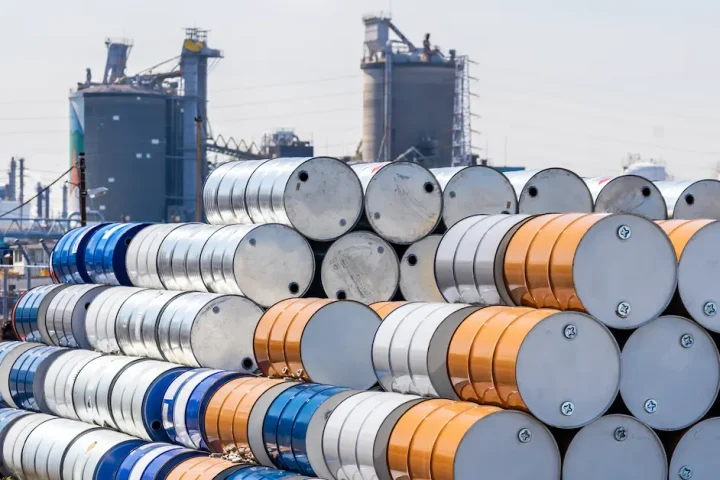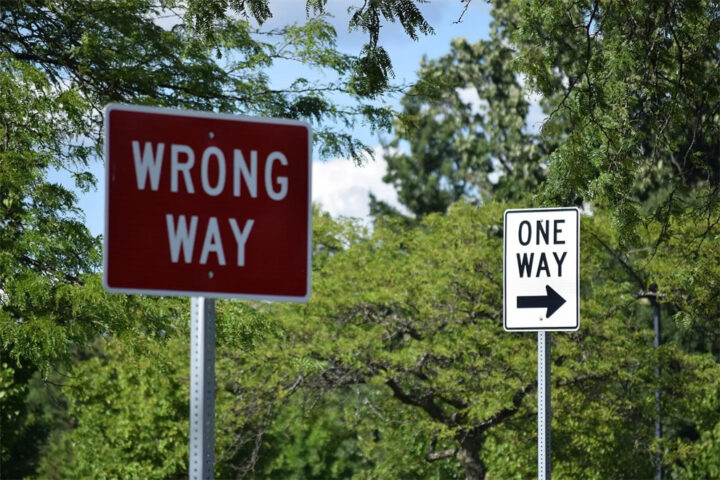.
Can Draghi save the Euro… again?
By Dr. Jim Leontiades
Cyprus International Institute of Management
Mario Draghi, the president of the European Central Bank (ECB) undoubtedly saved the Euro when he announced in 2012, that he would do “whatever it takes” to rescue it. That simple announcement backed, by the power of the ECB, was in fact enough to bring down rapidly rising yields in the sovereign bond markets of Spain, Italy, Portugal and other Eurozone countries.
But things have changed. Growth in the Eurozone is lagging. From an anemic 0.3% during the second quarter it has dropped further to nearly zero. Unemployment is at record levels (12.2%) and refuses to drop. Most worrying of all is the recent drop in inflation to 0.7% annually, raising the prospect of a Japanese style deflationary spiral.
In a move aimed at stimulating the Eurozone economies the ECB has reduced its benchmark interest rate from 0.50% to 0.25%. Even negative ECB interest rates have been mentioned as a possibility. Hopefully, this will stimulate growth and counter deflation but it is unlikely.
QUANTITATIVE EASING
The ECB has been helped in past efforts to keep interest rates low by the quantitative easing programmes of the USA and the UK. These countries have poured massive amounts of new money into financial markets, increasing liquidity and bringing about record low interest rates. During most of the current financial crisis the policies of all three central banks, the USA, UK and the Eurozone, have all pointed in the same direction, toward low interest rates.
This situation is about to be reversed. The best estimates are that the US Federal Reserve bank will start to reduce its quantitative easing programme in the Spring. Even the hint of such easing, heard last summer, caused an upsurge in interest rates. The yield on 10-year US Treasury bonds moved strongly upwards increasing almost a full percentage point, from 1.8% to the present level of about 2.72%. In 2014 the yield for 10-year US bonds is expected to rise to over 3%.
Conscious of this divergence, the Federal Reserve has indicated it would try to keep interest rates low even after it starts reducing its quantitative easing. However, there is no specific plan for this and some members of the Fed have said quite plainly that they do not know how this can be done.
There is also the fact that the UK has recently experienced strong economic growth. It too has announced the likelihood of an interest rate increase in the next few months. All this will do little to help Mr. Draghi. If the two largest capital markets in the world are moving away from low interest rates, the threat of another upward movement in the bond yields of Spain, Italy and other Eurozone countries is clear.
With ECB interest rates close to zero, the obvious choice for Mr. Draghi is to adopt the same type of quantitative easing programme that has stimulated the economies of both the USA and UK, helping these countries to regain economic growth significantly better than that of the Eurozone. The difficulty for him is that this option has been repeatedly rejected, particularly by Germany and its representatives on the board of the ECB. A period of volatility in financial markets appears imminent. The Euro crisis is far from over.







